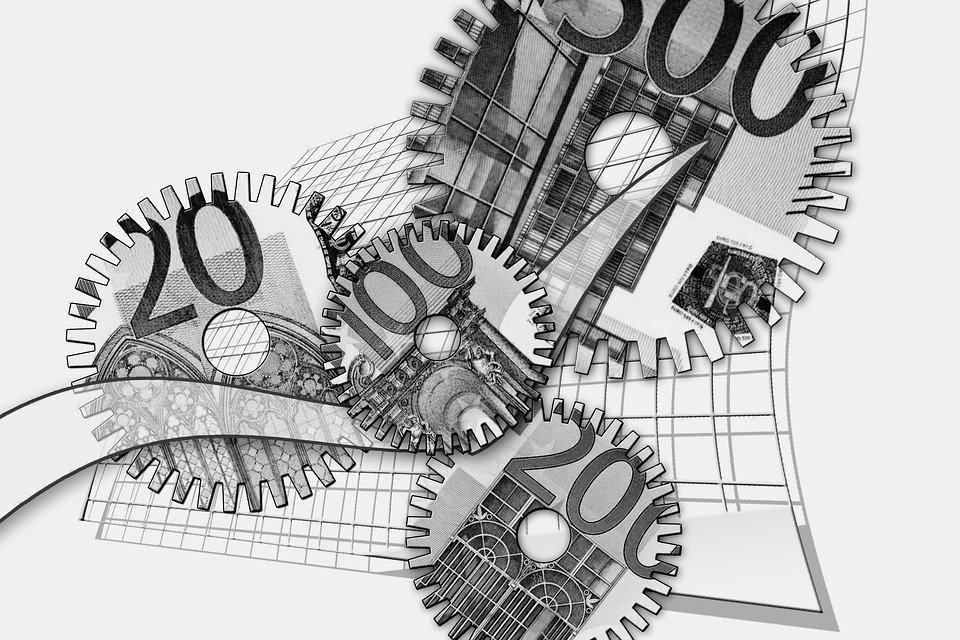In the ever-evolving landscape of technological advancements, one particular area that is capturing the attention of scientists, engineers, and researchers is self-replicating artificial intelligence (AI). Breaking barriers and shattering preconceived notions, self-replicating AI is revolutionizing the way we think about technology and its capabilities.
Self-replicating AI refers to a system that possesses the ability to create copies of itself, much like biological organisms do through reproduction. This concept is inspired by nature, where reproduction is a fundamental process for the survival and propagation of species. By emulating this process, scientists aim to create AI systems that are capable of evolving and improving on their own without human intervention.
The idea of self-replicating AI might sound like something out of a sci-fi movie, but it is more than just a concept. Researchers have made significant strides in this area, and the potential applications are vast. From space exploration to healthcare, self-replicating AI is poised to revolutionize multiple industries.
One of the key advantages of self-replicating AI is its ability to adapt and improve over time. Traditional AI systems are typically designed by humans and have limitations in terms of their capabilities. Self-replicating AI, on the other hand, can self-improve through the replication process. Each generation of AI can be better than the previous one, leading to exponential advancements in technology.
In the field of space exploration, self-replicating AI could play a crucial role in establishing sustainable colonies on other planets. Currently, space missions are limited by the resources they can carry from Earth. With self-replicating AI, spacecraft could potentially build and repair themselves, reducing the need for extensive human intervention and enabling long-duration missions.
Self-replicating AI also holds tremendous potential in the healthcare industry. By creating AI systems that can replicate and learn from data, researchers can develop more accurate diagnostic tools and personalized treatment plans. This could lead to earlier detection of diseases, more effective treatments, and improved patient outcomes. Additionally, self-replicating AI could aid in the development of new drugs by rapidly analyzing vast amounts of data and simulating various scenarios.
However, with such immense potential comes concerns and challenges. The idea of self-replicating AI raises ethical questions about control and autonomy. How do we ensure that these systems do not evolve in undesirable ways or pose a threat to humanity? Striking the right balance between autonomy and human oversight is crucial to prevent unintended consequences.
Another challenge lies in the development and regulation of self-replicating AI. As with any emerging technology, there is a need for robust frameworks and guidelines to ensure responsible and ethical use. Policymakers and regulatory bodies must work hand in hand with researchers and industry experts to establish guidelines that address safety, privacy, and security concerns.
In conclusion, self-replicating AI is breaking barriers and pushing the boundaries of technological advancements. With its potential to adapt, learn, and improve over time, self-replicating AI has the power to revolutionize multiple industries, from space exploration to healthcare. However, addressing ethical concerns and establishing regulatory frameworks are essential steps in harnessing the full potential of this groundbreaking technology. As we navigate this uncharted territory, it is crucial to tread carefully, ensuring that self-replicating AI serves as a tool for the betterment of humanity.

